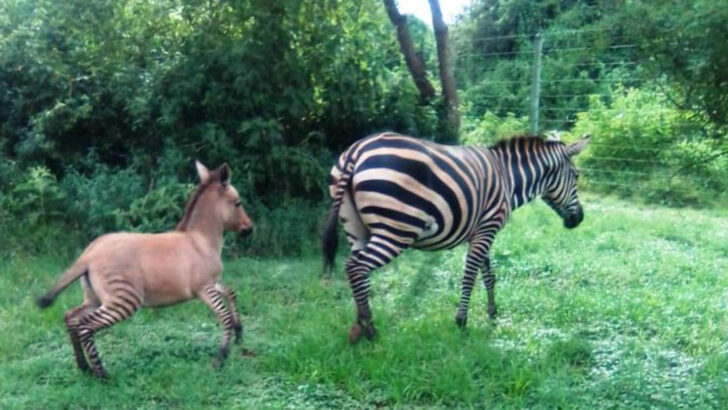Some animals were never meant to cross paths—let alone create something new. Thanks to habitat loss, shifting climates, and human interference, species from entirely different regions are now meeting for the first time. And when they do? Nature sometimes throws the rulebook out the window. Wolves are mating with coyotes. Grizzlies are meeting polar bears. Even marine creatures are getting in on the action. These aren’t science experiments or zoo pairings—this is happening in the wild. Some hybrids are stronger. Some are stranger. And some raise serious questions about the future of evolution. Here are 13 surprising animal pairs that weren’t supposed to meet— but now they’re making babies.
Liger
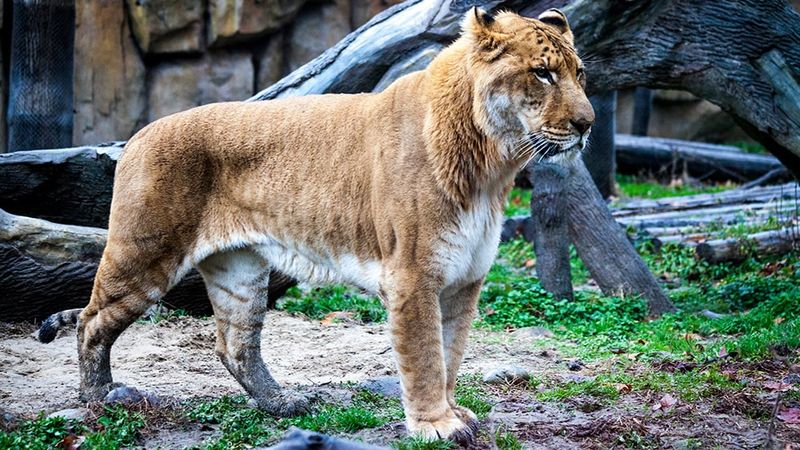
The liger, a blend of lion and tiger, stands as the largest feline in existence. With a lion’s social charisma and the tiger’s powerful physique, ligers are indeed a marvel. These hybrids emerge when male lions and female tigers cross paths, primarily in captivity.
Despite their impressive size, ligers face health challenges, like obesity. Conservationists ponder their ethical implications, given their inability to exist in the wild.
Still, ligers captivate with their distinct appearance and gentle demeanor, often drawing comparisons to the legendary beasts of mythology.
Zonkey
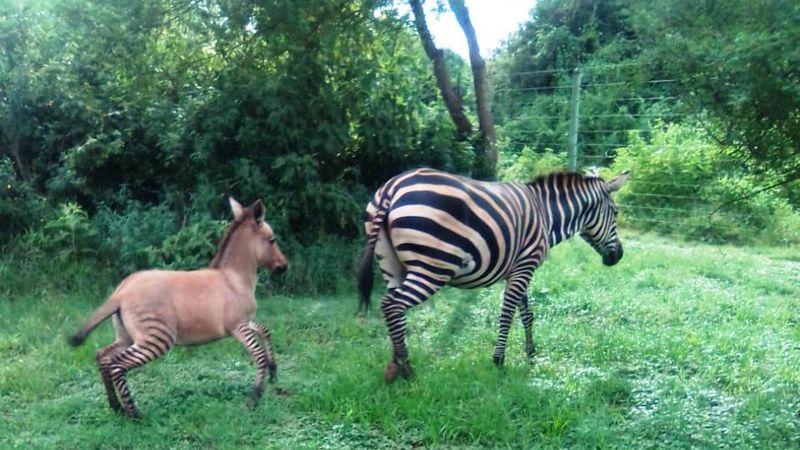
Zonkeys bring a unique charm, combining the zebra’s stripes with a donkey’s sturdiness. These hybrids, though rare in the wild, have been spotted near farms where zebras and donkeys coexist.
Zonkeys inherit a zebra’s cautious nature, yet exhibit a donkey’s curiosity. This mix makes them both unpredictable and fascinating.
Their striking appearance attracts attention, yet their wild instincts pose challenges for domesticating efforts. Their existence raises questions about ecological impacts and conservation priorities in hybrid zones.
Coywolf
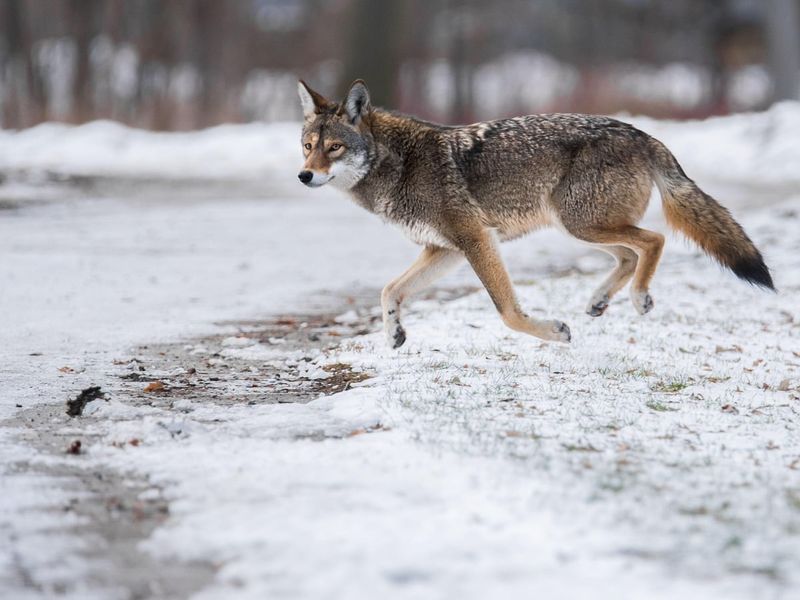
In the bustling cityscapes of North America, the coywolf thrives. This hybrid, a cross between a coyote and a wolf, adapts remarkably to urban life.
Coywolves possess the cunning of coyotes and the pack mentality of wolves, making them formidable survivors. Their presence in city parks highlights nature’s resilience amid human expansion.
While their adaptability is impressive, their growing numbers stir debates about wildlife management in modern environments. Coywolves symbolize the intersection of urbanization and natural evolution.
Beefalo
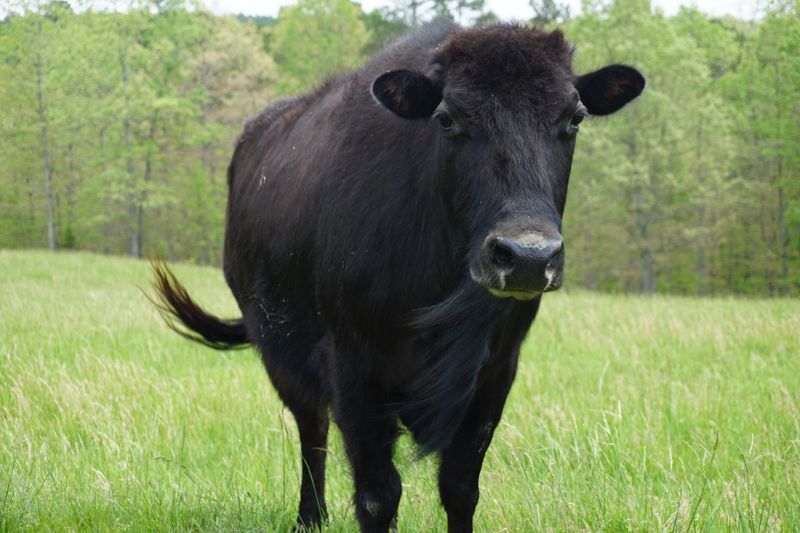
The beefalo, an intriguing fusion of bison and cattle, offers a glimpse into agricultural innovation. Developed to combine the hardiness of bison with cattle’s domestic traits, beefalo are raised for both meat and ecological benefits.
Their adaptability to various climates and terrains makes them ideal for sustainable farming practices.
Despite their practical advantages, beefalos face criticism from traditionalists who favor purebreds. Still, they stand as a testament to human ingenuity in developing livestock suited for changing environmental needs.
Wholphin
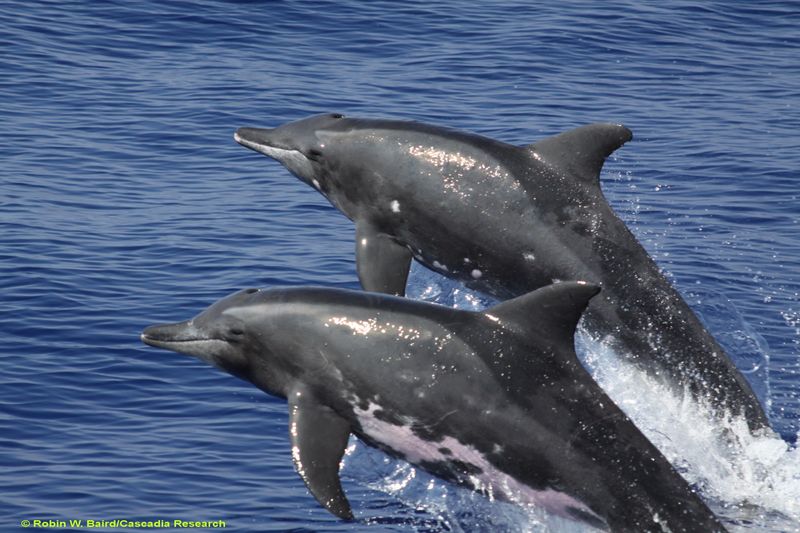
Wholphins, rare and enchanting, are hybrids of false killer whales and bottlenose dolphins. Born primarily in captivity, they embody an unusual blend of traits from both species.
With the intelligence of dolphins and the size of whales, wholphins are captivating creatures that challenge marine biologists to understand their potential.
Their births spark debates regarding ethical treatment and conservation in marine parks. Nevertheless, wholphins continue to inspire fascination with their extraordinary existence and unique characteristics.
Geep
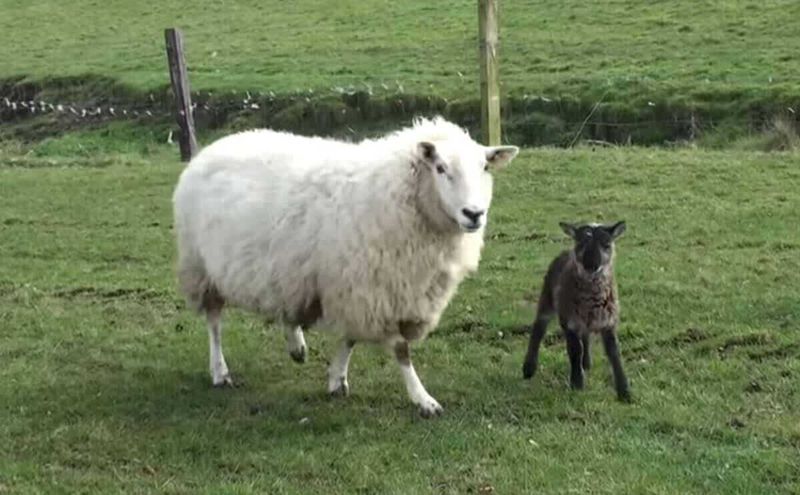
The geep, a charming hybrid of goat and sheep, surprises with its fluffy wool and goat-like horns. Often appearing on mixed farms, geeps represent a peculiar blend of two seemingly incompatible species.
They inherit a goat’s adventurous spirit and a sheep’s docile nature, making them adaptable yet gentle.
Greeps are a delightful anomaly, posing questions about genetic compatibility and agricultural practices. Their existence offers insights into genetic boundaries and the wonders of nature’s diversity.
Pizzly Bear
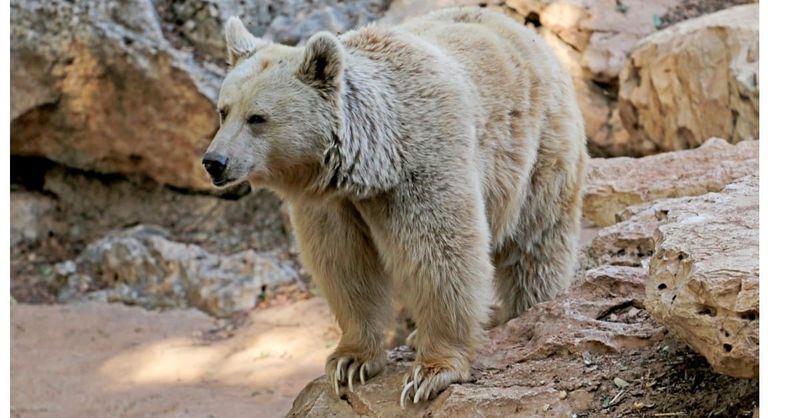
The pizzly bear, an unexpected mix of polar and grizzly bears, emerges in the Arctic tundra. As polar bears venture south due to climate change, they encounter grizzlies, leading to this hybridization.
Pizzly bears inherit the polar bear’s swimming prowess and the grizzly’s foraging skills, adapting to changing habitats.
Their existence highlights the impact of environmental shifts on wildlife, prompting discussions on conservation strategies. The pizzly bear serves as a poignant symbol of climate change’s influence on species interactions.
Savannah Cat
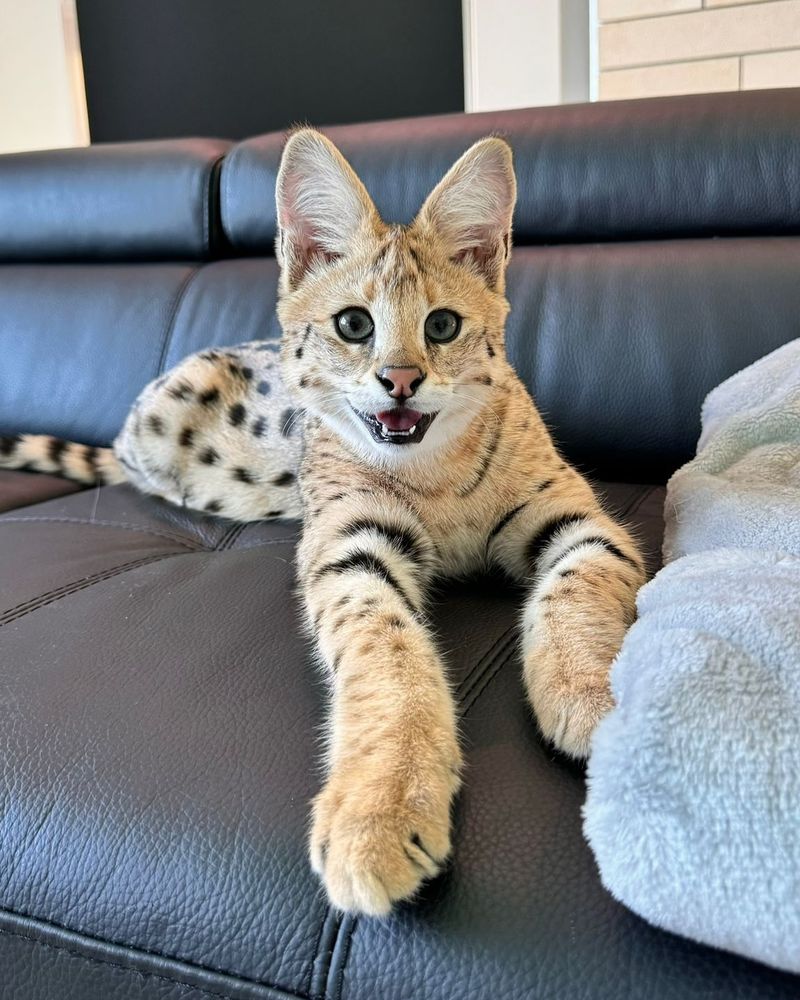
The Savannah cat, a stunning breed born from a domestic cat and a serval, captivates with its unique appearance. With the serval’s wild elegance and a domestic cat’s sociability, Savannahs are both exotic and approachable.
Their spotted coats and long legs make them resemble miniature cheetahs, appealing to cat enthusiasts seeking something extraordinary.
Savannah cats challenge traditional notions of domestic pets, sparking debates about ethical breeding and exotic animal ownership. Their blend of wild and tame traits makes them particularly intriguing.
Cama
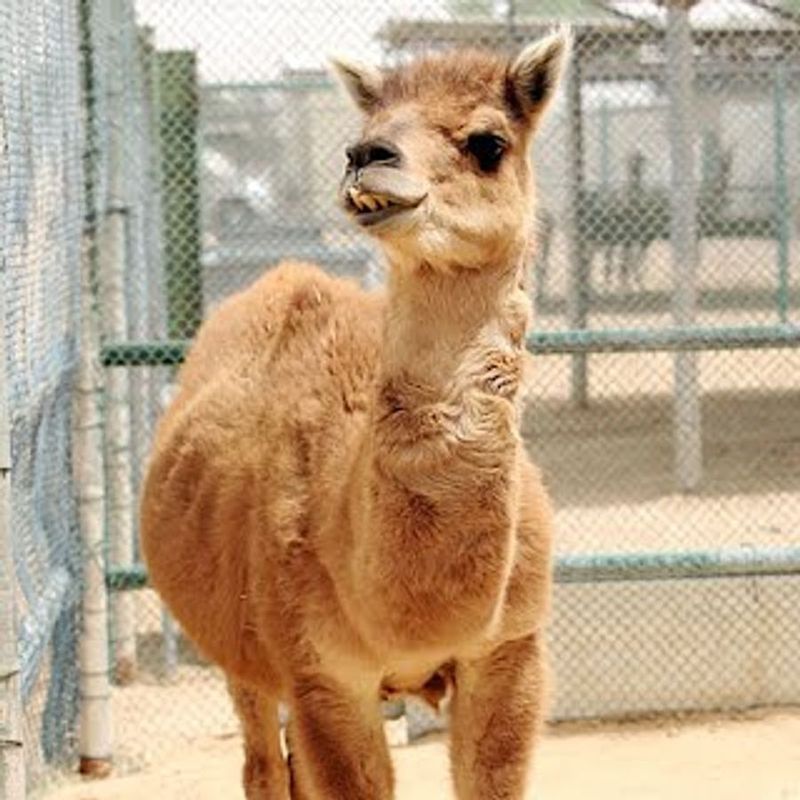
Camas, a hybrid of camels and llamas, intrigue with their combination of desert resilience and Andean charm. Created through artificial insemination, they bring together unique traits from both parents.
Camas inherit a camel’s endurance and a llama’s gentle demeanor, making them fascinating subjects for study in hybrid viability.
Their creation raises questions about human involvement in animal breeding, highlighting the balance between scientific curiosity and ethical responsibility. Camas exemplify the complexity of hybrid species in controlled environments.
Narluga
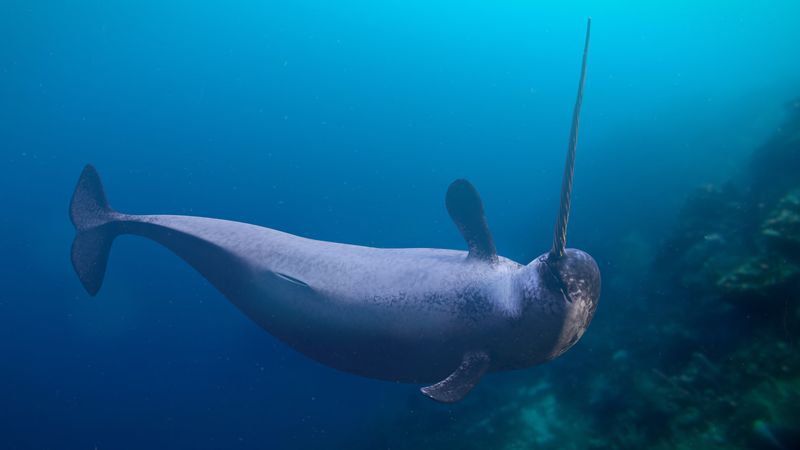
In the icy depths of the Arctic, the narluga emerges, a blend of narwhal and beluga. This rare hybrid captivates with its unique horn and whale-like body.
Narlugas possess the narwhal’s iconic tusk and the beluga’s playful demeanor, intriguing marine biologists with their unusual characteristics.
Their existence challenges our understanding of marine hybrids and the ecological dynamics of Arctic waters. Narlugas symbolize nature’s adaptability in North’s frozen realms, offering new insights into whale evolution.
Hinny
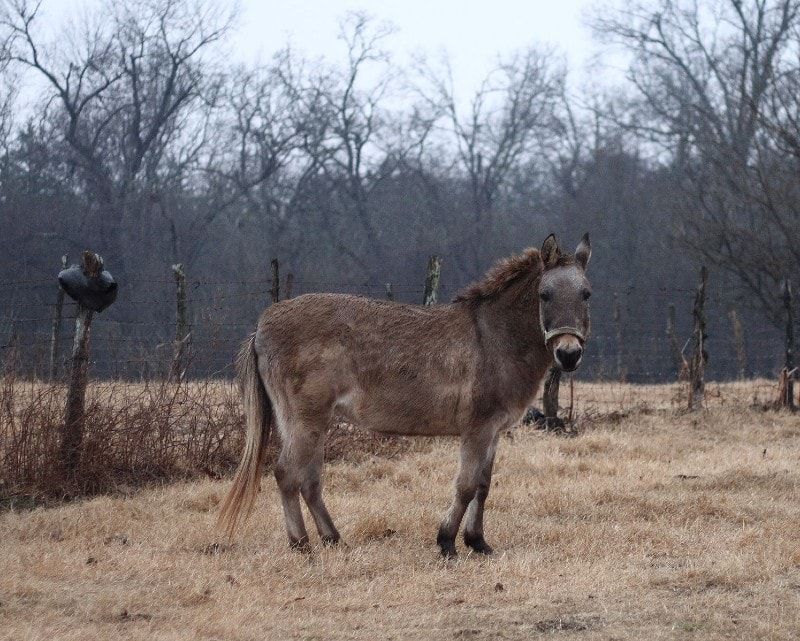
Hinnies, hybrids of male horses and female donkeys, offer a unique perspective on equine genetics. Often mistaken for mules, they possess a distinct blend of traits.
Hinnies inherit a donkey’s patience and a horse’s strength, making them versatile yet often underestimated in rural settings.
Their existence raises questions about equine hybridization and the traditional roles of working animals. Hinnies stand as a testament to the unexpected blends nature can create within domesticated species.
Zebroid
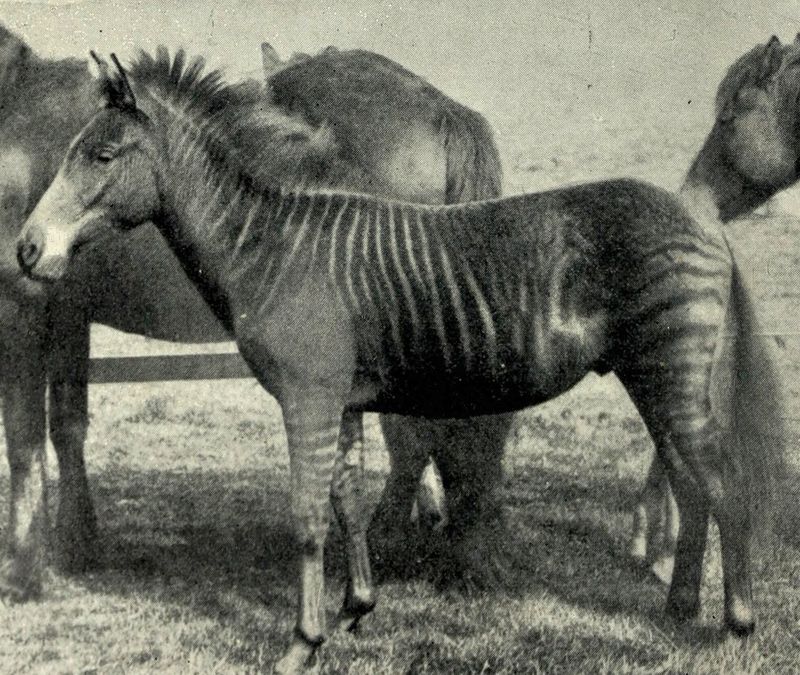
Zebroids, hybrids of zebras and other equines, captivate with their unusual appearance. Their striking stripes and varied coat patterns make them stand out.
Zebroids inherit a zebra’s alertness and an equine’s versatility, leading to a unique blend of traits that challenge conventional equestrian classifications.
Their existence raises questions about the potential and limitations of equine hybridization. Zebroids serve as a testament to nature’s creativity and the endless possibilities of animal breeding.
Tigon
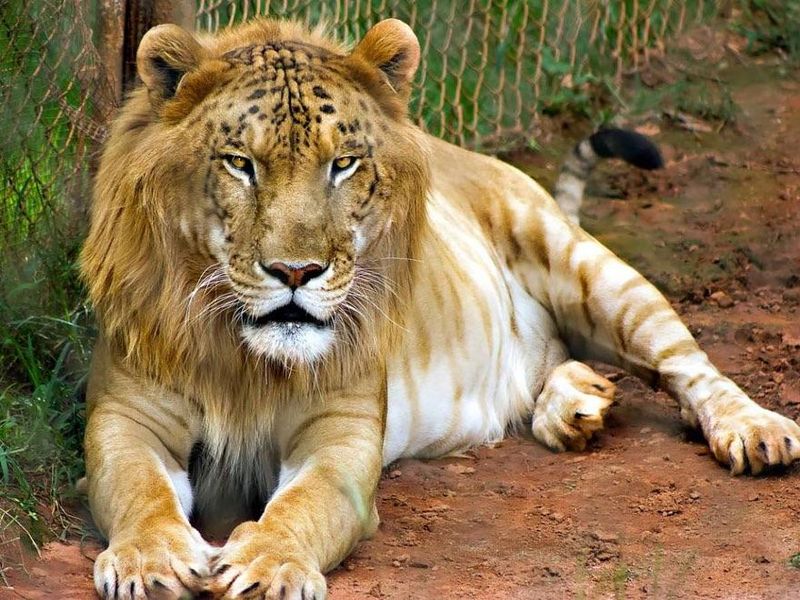
The tigon, a cross between a male tiger and a female lion, intrigues with its delicate balance of traits. Unlike ligers, tigons often inherit a more subdued size.
Tigons combine a lion’s social tendencies with a tiger’s solitary skills, offering insights into big cat behavior.
Their existence in captivity raises ethical debates about wild animal breeding and conservation priorities. Tigons remain a fascinating study of the complex interactions between closely related species.

